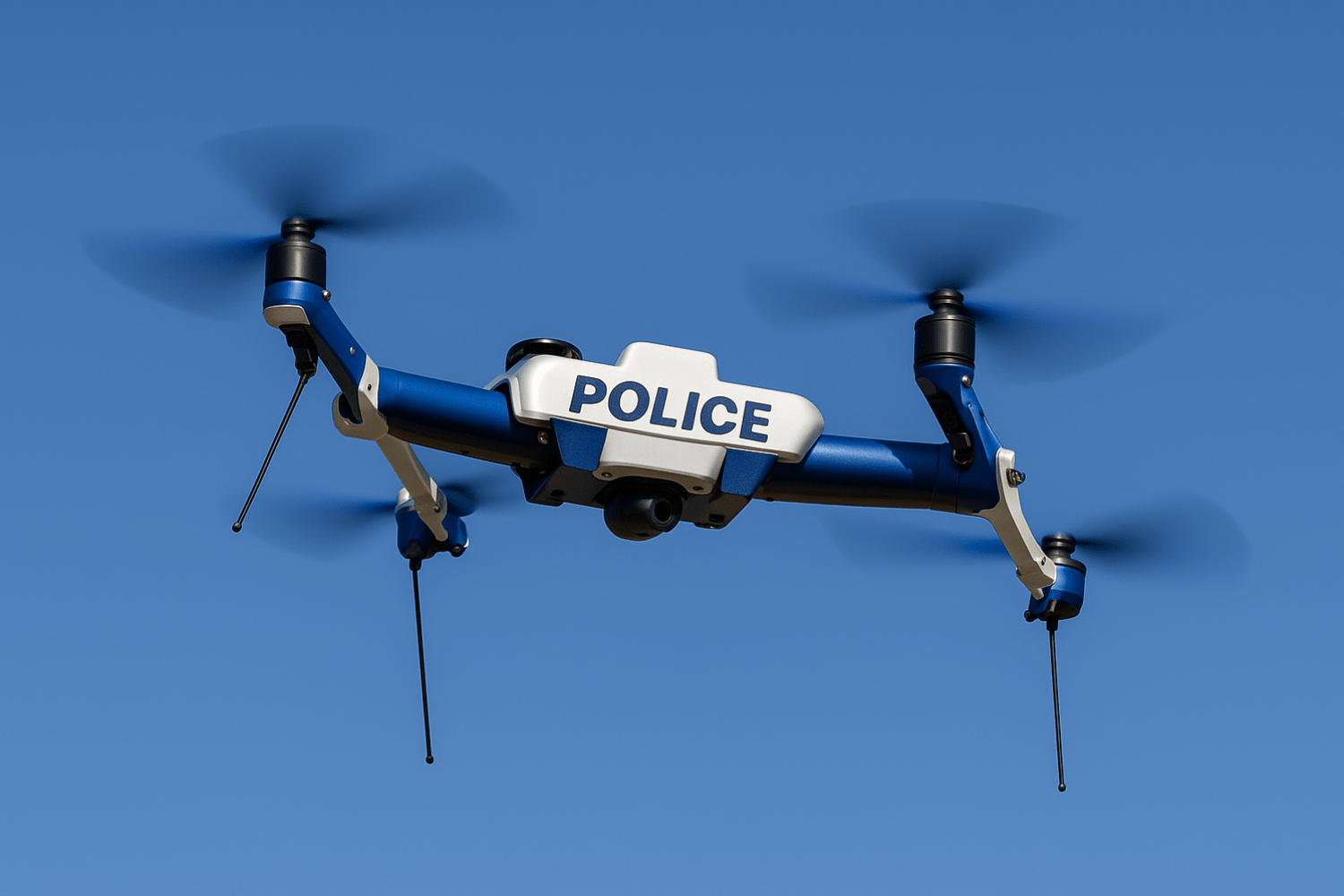The Lorain City Council spent part of its November 17 meeting discussing a proposed agreement that would allow the city to deploy unmanned drones for public-safety use. The ordinance, introduced for first reading, would authorize the Safety-Service Director to enter into a contract with Flock Group, Inc. for drone equipment, software, hardware, and related technical services.

A motion to suspend the three-reading rule did not receive unanimous support, preventing immediate passage. Because of that, the ordinance now proceeds through the standard legislative process and is scheduled to return for a second reading at a future council meeting.
During discussion, council members asked for clarification on how much of the drone program could legally be considered in executive session. Administration explained that Ohio law allows certain security-related topics—such as tactical information and emergency-response protocols—to be handled privately under specific statutory provisions.
Council also requested details about the transparency of drone movements once the system is active. City officials noted that flight patterns would be viewable after a drone has been deployed rather than in real time, offering public access to flight information without revealing active operations.
Background From Other Jurisdictions
Across the country, several municipalities have examined or adjusted drone and automated-license-plate-reader programs due to questions involving privacy, data retention, and how cloud-based surveillance systems handle stored footage. Communities such as Evanston, Oak Park, Ferndale, Redmond, and Hays County have made decisions to modify, limit, or discontinue elements of their surveillance technology based on local policies and data-handling concerns.

Flock, the vendor listed in Lorain’s proposed ordinance, typically manages the backend system that stores footage and analytics for both fixed cameras and drones. While local departments may access their own data, wider sharing features depend on the specific settings chosen by each city. These broader issues were not debated in detail during the meeting but are commonly reviewed by other cities considering similar technology.
Next Steps
Because the ordinance remains in its early stages, additional debate is expected before any final vote is taken. Council members indicated they may seek further information regarding operational guidelines, data practices, costs, and which future discussions can be held publicly.
The ordinance will return for its second reading at an upcoming council meeting.

